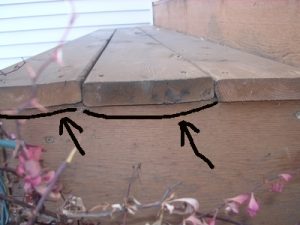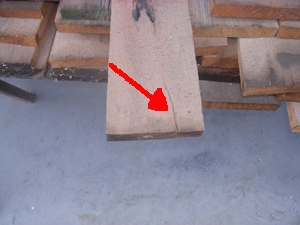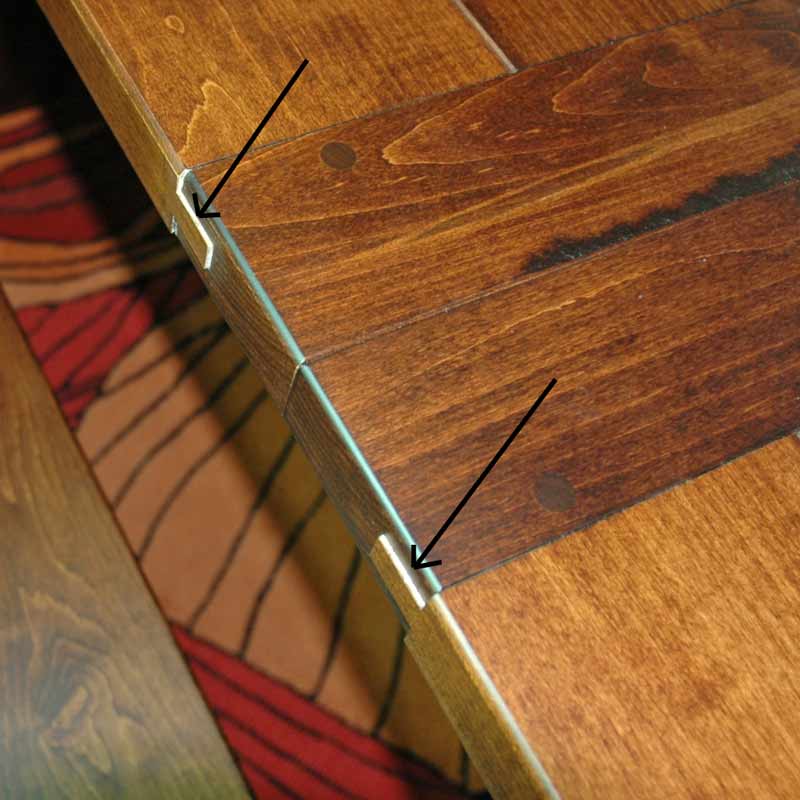 Cupping is referred to when a boards edges start to curl up or down relative to the center of the board (fig 13). This is caused by an imbalance of moisture in the wood. Your best reference of cupping may be your deck. Because the board is exposed to constant sun, wet, cold, and hot conditions on the exposed side of the board, and very little sunlight and moisture on the bottom, the board cup’s.
Cupping is referred to when a boards edges start to curl up or down relative to the center of the board (fig 13). This is caused by an imbalance of moisture in the wood. Your best reference of cupping may be your deck. Because the board is exposed to constant sun, wet, cold, and hot conditions on the exposed side of the board, and very little sunlight and moisture on the bottom, the board cup’s.
This allows more moisture to sit on top of the board because the sides are higher than the center, thus creating more problems.
What to do?
Amish craftsmen are aware of the problem and take steps to prevent cupping. First, they glue boards with the grain patters going opposite directions. They also seal the top AND the bottom of the boards. This limits the amount of moisture that can penetrate the wood. The client must also do their part by keeping moisture off the wood and if it’s outdoor Amish furniture they should use a wood sealer.

 (763)498-7730
(763)498-7730 Livechat
Livechat


 One of the challenges of solid wood furniture is controlling the wood from splitting (fig 109). Amish craftsmen work hard to prevent this from happening. The process actually starts when the log is cut. The ends of the log, which are shaped like little straws carrying nutrients through the tree, are more porous and easily shed moisture. This imbalance in the moisture content of the wood can cause splitting.
One of the challenges of solid wood furniture is controlling the wood from splitting (fig 109). Amish craftsmen work hard to prevent this from happening. The process actually starts when the log is cut. The ends of the log, which are shaped like little straws carrying nutrients through the tree, are more porous and easily shed moisture. This imbalance in the moisture content of the wood can cause splitting.